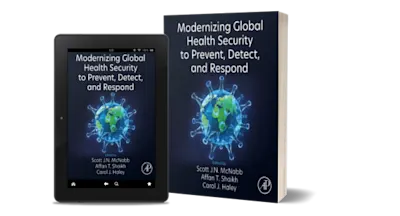LIMITED OFFER
Save 50% on book bundles
Immediately download your ebook while waiting for your print delivery. No promo code needed.

Virtual and augmented reality are unique tools that can deliver complex, expensive, and potentially dangerous content in a safe and consistent manner to all interested parties, fr… Read more
LIMITED OFFER
Immediately download your ebook while waiting for your print delivery. No promo code needed.

Virtual and augmented reality are unique tools that can deliver complex, expensive, and potentially dangerous content in a safe and consistent manner to all interested parties, from lab students to conference attendees. Already a rapidly growing field, virtual and augmented reality have the potential to become a revolutionary part of the chemistry education, dissemination and communication toolbox, improving accessibility and engagement for learners, giving researchers new ways to disseminate their work, and helping non-scientists responsible for funding and policy understand and engage with complex topics with ease. Virtual and Augmented Reality in Chemistry Education, Dissemination and Communication provides a snapshot of currently available options and explains how educators and researchers can go about designing, finding and applying these tools.
Beginning with an introduction to the topic, Virtual and Augmented Reality in Chemistry Education, Dissemination and Communication goes on to explore the unique challenges and opportunities afforded by these approaches, providing a solid introduction to the fundamental principles of the technologies available, outlining common issues and discussing how to overcome them. The information is supported with case studies by educators and researchers working in different areas of chemistry with different aims, experience levels and budgets, providing practical examples of what can be achieved and helping users either get started with VR/AR, or improve their use of these tools.
Written by a team of experts with practical experience of developing, adapting and applying these tools to address a highly varied range of STEM problems, Virtual and Augmented Reality in Chemistry Education, Dissemination and Communication is an insightful guide to this rapidly growing field for anyone interested in enhancing their chemistry teaching or communication, developing new methods of disseminating their research, or understanding the needs of chemistry researchers in this area.
RP